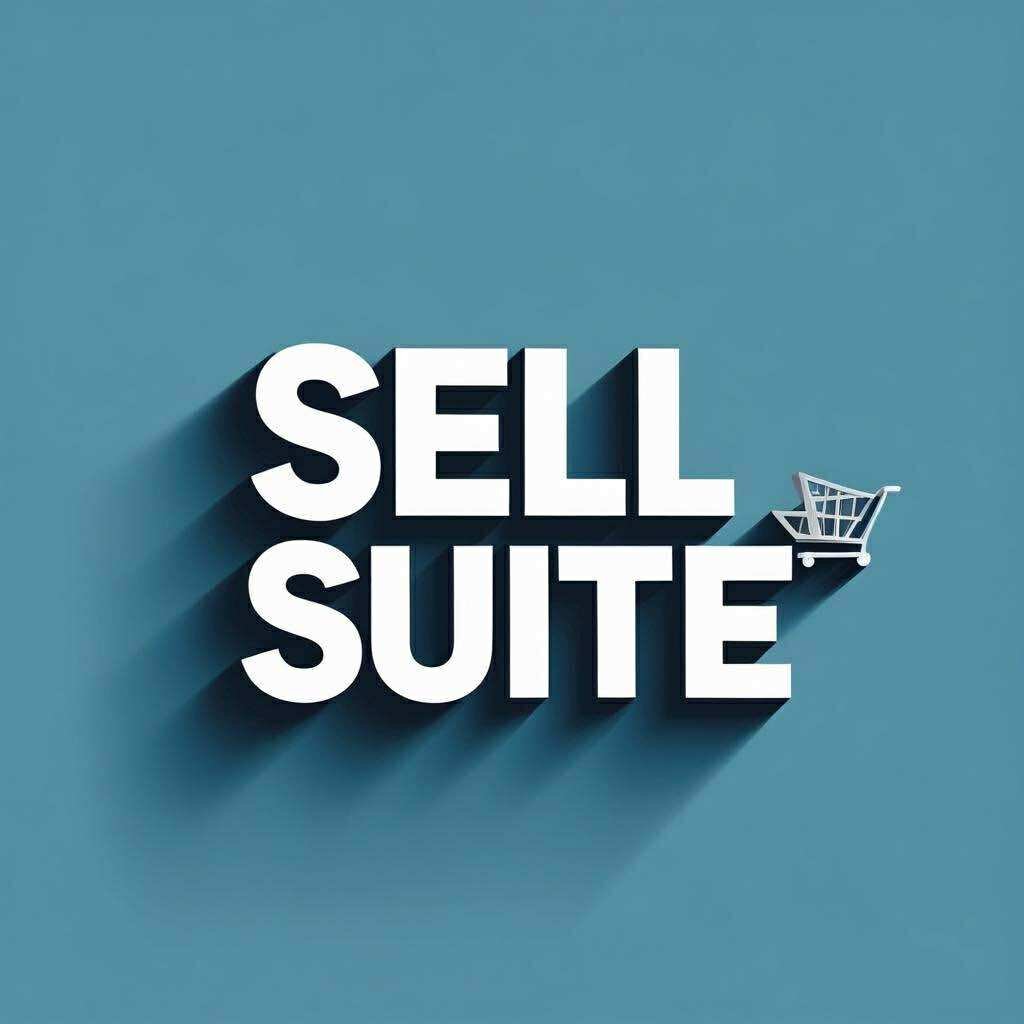Your cart is currently empty!
How to Start an eCommerce Business: The Complete 2025 Guide

Starting an eCommerce business in 2025 is one of the most accessible and profitable ventures you can embark on. With the global shift toward online shopping and digital entrepreneurship, now is the perfect time to turn your ideas into income. Whether you want to sell handmade crafts, dropship trending products, or build a full-scale brand, this step-by-step guide will show you exactly how to start an eCommerce business from scratch — even if you have zero experience.

1. What Is an eCommerce Business?
Before diving in, let’s define what an eCommerce business actually is. In simple terms, it’s any business that buys or sells goods or services online. This can include physical products like clothing or electronics, digital goods like software or ebooks, or even services such as coaching or freelance work.
There are several types of eCommerce models:
- B2C (Business to Consumer): Selling directly to consumers (e.g., Amazon or your Shopify store).
- B2B (Business to Business): Selling products or services to other businesses.
- C2C (Consumer to Consumer): Peer-to-peer sales through platforms like eBay or Facebook Marketplace.
- D2C (Direct to Consumer): Brands that sell directly to customers without intermediaries (like Gymshark or Warby Parker).
Understanding which model fits your vision will help you structure your business effectively.
2. Why Start an eCommerce Business in 2025?
There’s never been a better time to launch an online store. The eCommerce market is projected to surpass $8 trillion globally by 2027, and technology has made it easier than ever to start with minimal investment.
Here are a few reasons why starting an eCommerce business is so appealing:
- Low startup costs: You can launch a store with little to no money using free tools and dropshipping models.
- Unlimited earning potential: The global customer base gives you access to endless buyers.
- Work from anywhere: Run your business remotely, giving you full freedom and flexibility.
- Scalability: Unlike traditional businesses, your online store can scale effortlessly with automation tools.
If you’ve ever dreamed of financial freedom, flexibility, and creative control, an eCommerce business offers all that and more.
3. Step 1: Choose the Right Niche
Your niche determines the foundation of your success. A profitable eCommerce niche balances passion, demand, and low competition.
How to Choose a Profitable Niche
Ask yourself the following:
- What products are people already buying online?
- Can I offer something unique or better?
- Is there long-term potential in this niche?
- Does this niche solve a specific problem or meet a passion-driven demand?
Examples of trending eCommerce niches for 2025 include:
- Eco-friendly and sustainable products
- Pet supplies and accessories
- Fitness and home workout gear
- Skincare and beauty products
- Tech gadgets and accessories
Once you’ve identified your niche, research your target market thoroughly to understand who they are, what they need, and how you can serve them better.
4. Step 2: Conduct Market and Competitor Research
Before selling anything, you must know your market inside and out. Use tools like Google Trends, SEMrush, and Ahrefs to identify popular keywords and competitors.
Key Steps in Market Research
- Identify top competitors: Search your product ideas online and see who’s ranking first.
- Analyze pricing strategies: Study how your competitors price and package their offers.
- Read customer reviews: Learn what buyers love or hate about existing products.
- Look for gaps in the market: Find areas where you can offer better solutions.
This step will give you insights to position your store strategically and create products or marketing messages that truly stand out.
5. Step 3: Choose Your eCommerce Business Model
There are multiple ways to structure your eCommerce store. The right one depends on your budget, time, and goals.
Common eCommerce Models
- Dropshipping: You sell products from suppliers who handle shipping for you — low risk, low investment.
- Print-on-Demand: Sell custom-designed apparel, mugs, and accessories without holding inventory.
- Wholesale or Manufacturing: Buy in bulk or create your own products for higher profit margins.
- Subscription Model: Offer recurring deliveries (like monthly boxes or memberships).
- Digital Products: Sell online courses, templates, or software.
Each model has its pros and cons, so consider your resources, experience, and long-term goals before choosing.
6. Step 4: Register Your Business and Choose a Name
Once you’ve decided on your niche and business model, it’s time to make things official.
Steps to Register Your eCommerce Business
- Choose a business name that’s memorable, relevant, and available as a domain.
- Check domain availability on platforms like Namecheap or GoDaddy.
- Register your business legally in your country or region.
- Get your business license and tax identification number (EIN) if required.
- Open a business bank account to separate your finances.
A professional business setup helps build trust with customers and makes it easier to handle taxes and payments.
7. Step 5: Build Your Online Store
Your website is the heart of your eCommerce business. You can build one easily using platforms like Shopify, WooCommerce, or Wix eCommerce.
What Your Online Store Should Include
- A user-friendly layout with intuitive navigation
- High-quality product images and descriptions
- Mobile optimization (since most buyers shop from phones)
- Clear calls-to-action (CTAs) and an easy checkout process
- Trust elements like secure payment options and testimonials
Your store’s design should reflect your brand personality and make customers feel confident buying from you.
8. Step 6: Source or Create Your Products
Depending on your model, you’ll either manufacture, source, or dropship your products.
Options for Product Sourcing
- Wholesale suppliers: Alibaba, DHGate, or local distributors
- Dropshipping platforms: Oberlo, Spocket, or DSers
- Print-on-demand: Printful, Gelato, or Printify
- In-house creation: For handmade or custom products
Always order samples first to check quality, packaging, and delivery times before selling to customers.
9. Step 7: Set Up Payment Gateways and Shipping
To accept payments, you’ll need reliable payment processors like:
- PayPal
- Stripe
- Shopify Payments
- Apple Pay or Google Pay
For shipping, consider your audience’s location and choose logistics partners that balance speed, reliability, and cost. If you’re dropshipping, your supplier typically handles shipping for you.
10. Step 8: Develop a Marketing Strategy
Your store won’t make sales unless people know it exists. That’s where eCommerce marketing comes in.
Key Marketing Channels
- SEO (Search Engine Optimization): Optimize your product listings and blog for Google.
- Social Media Marketing: Use Instagram, TikTok, and Facebook to showcase your products.
- Email Marketing: Build a list to send offers and updates.
- Paid Advertising: Run Google Ads or Meta Ads for faster visibility.
- Content Marketing: Create valuable blogs or videos that attract your target audience.
Focus on building brand awareness, not just quick sales. The goal is to turn visitors into loyal customers.
11. Step 9: Optimize for SEO
SEO is critical for long-term success. When your website ranks high on Google, you get free, consistent traffic without paying for ads.
SEO Optimization Tips
- Use keyword-rich titles and product descriptions.
- Optimize your meta tags, headings, and URLs.
- Add alt text to all images.
- Publish blog posts targeting common customer questions.
- Improve site speed and ensure mobile responsiveness.
By focusing on SEO from day one, you set your store up for steady organic growth.
12. Step 10: Launch and Promote Your Store
After all the preparation, it’s time to launch! Announce your store on social media, to your email list, and through ads.
Pre-Launch Checklist
- Test your checkout process
- Double-check pricing and inventory
- Set up analytics (Google Analytics, Facebook Pixel)
- Offer limited-time discounts to attract first customers
Remember: your launch is just the beginning. Keep analyzing data and improving your marketing strategy to increase conversions.
13. Step 11: Monitor Performance and Scale
Once you start making sales, the next step is scaling your eCommerce business.
Ways to Scale
- Add new products or product variations
- Improve your email and loyalty programs
- Collaborate with influencers or affiliate marketers
- Expand to international markets
- Automate tasks with AI tools or virtual assistants
Use analytics tools to track conversion rates, traffic sources, and customer behavior so you can make data-driven decisions.
14. Common Mistakes to Avoid When Starting an eCommerce Business
Even the best entrepreneurs make mistakes. Avoid these common pitfalls:
- Skipping market research
- Choosing a saturated niche
- Neglecting customer service
- Overcomplicating the website
- Ignoring SEO and branding
Success in eCommerce requires patience, consistency, and continuous learning.
Conclusion: Turning Your Vision into a Thriving eCommerce Brand
Starting an eCommerce business in 2025 is not just about selling products — it’s about building a brand, creating value, and developing a sustainable income stream.
With the right niche, strategy, and tools, anyone can start an online business that generates real results. Remember: success doesn’t happen overnight, but every great store starts with one small step — the decision to begin.
So, take that step today. Define your idea, launch your store, and start shaping your future in the world of eCommerce.

Leave a Reply